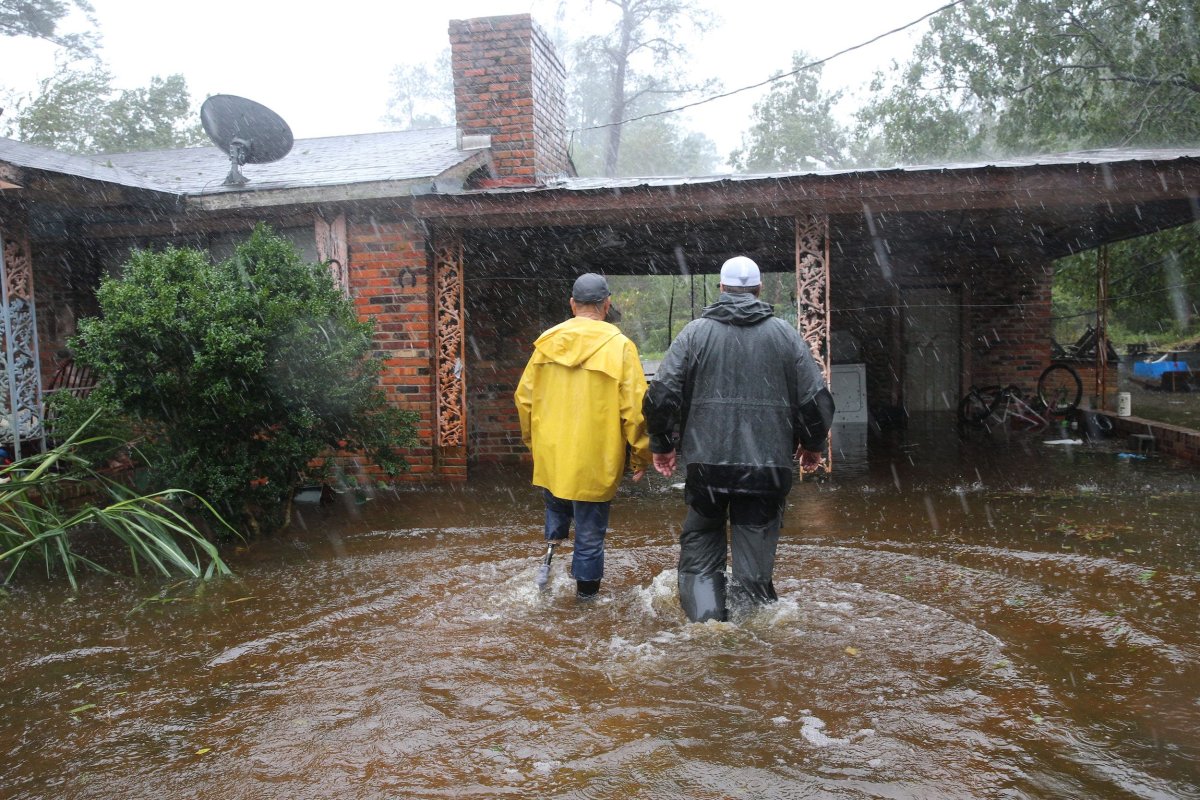Disaster relief is one of the most sacred duties of the federal government. So why is it that we consistently see officials playing catch-up to the needs of the American people after horrible events strike? Federal disaster response’s lack of modernization, consistency, and optimization poses a very real challenge. Prayers are always needed and should of course continue for those affected by natural disasters, but people who have lost everything naturally look to the administrators on the ground to help them rebuild. With damage from hurricanes now threatening wider areas of the country, an even stronger government response must follow suit.
Prior to Hurricanes Helene and Milton, FEMA workers were on the ground alongside military operators and national guard forces. Yet even with this degree of coordination, we still find ourselves lacking the necessary tools to return hard-hit areas to their pre-disaster state within months or even years. Amid almost unthinkable destruction and heartbreaking stories of what has been lost, our country is seemingly stuck in a reactive mode. America is the greatest country in the world, and yet while we see the same repeated lapses in times of a disaster, the victims continue to suffer the consequences of our government’s inefficiency.
It is possible to do better. In the summer of 2017, SBA Administrator Linda McMahon developed a novel preparation model for disaster relief that presumed a scenario of three major hurricanes hitting the U.S. within a short time of each other. That assessment was prescient because, shortly thereafter, that’s exactly what happened. Hurricanes Harvey, Irma, and Maria—all categories 4 and 5—struck much of the southeastern U.S., including Texas and Puerto Rico. McMahon’s plan went into immediate effect, allowing the agency to quickly add thousands of short-term staff and distribute loans within 15 days of submission.
Plans like these are foundational to efficient government operations, but the likely well-intentioned actions we see today are reactive and repetitive, instead of being proactive and innovative. Our government needs to do quite a few things: implement better processes for grant and loan application review and approvals, expedite fund disbursements, improve geolocation capabilities, conduct seamless insurance coordination, and pre-position construction experts. And it must couple all of these changes with robust risk protocols to protect against waste, fraud, and abuse. An open call to entrepreneurs and private-sector partners from all corners of the country is a good first step to convene innovators and create an underlying infrastructure for this new normal.

Rescuer John Bridges (R) with the Cajun Navy helps a man with a prothetic leg in Lumberton, North Carolina, on September 15, 2018, in the wake of Hurricane Florence. – Besides federal and state emergency crews, rescuers were being helped by volunteers from the “Cajun Navy” — civilians equipped with light boats, canoes and air mattresses — who also turned up in Houston during Hurricane Harvey to carry out water rescues.
Alex EDELMAN / AFP/Getty Images
Elections and policy priorities can affect the attention and budgets that politically appointed government officials receive, across a whole host of areas. But when it comes to natural disasters and similar crises, there is no room for partisanship. Whether a state is deemed red or blue, it is the state of emergency that is the most important. But all of this must start with a strategy. Such an approach can be put into place in the context of a health or economic crisis, like we saw during the COVID pandemic, but the same principles apply here.
In fact, natural disaster recovery assistance is ripe for exactly the type of Efficiency Commission that President Donald Trump has discussed on the campaign trail. Recognizing that each emergency circumstance is different, an assessment of what has worked and what has not in emergency responses over the previous decades could be incredibly beneficial for those whose lives are now changed forever. Public scrutiny have recently called the allocated amount and the timing of disaster funding into question, and inspector generals and congressional oversight committees will inevitably conduct reviews at the agency level. But where is the innovation in this process?
Modernizing our disaster response will require more than just a Presidential Executive Order or an act of Congress. It demands substantial operational input from local and state government officials, and most importantly, the people who have had to climb through the morass of red tape and bureaucracy to access funding and support. We cannot help “We The People” if we do not talk to, yes that’s right, the people.
Ensuring that dated and dusty agency models are refreshed and enhanced with substantive developments is an obligation of the government and the right of its citizenry. All the technology in the world won’t matter if we are not applying these modernizations to help people during the worst of times—when disaster strikes.
Chris Pilkerton is a former Acting Administrator of the U.S. Small Business Administration, White House Senior Policy Advisor and Harvard Kennedy School Senior Fellow. His latest book is entitled “PLANDEMIC: COVID, PPP & A Small Business Prescription of the Next Global Economic Crisis.”
The views expressed in this article are the writer’s own.